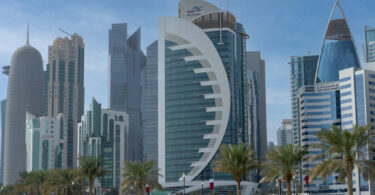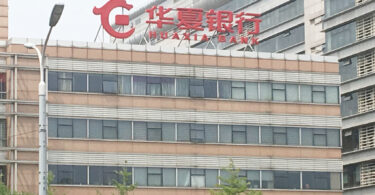Doha Bank has issued a $150 million Digitally Native Note (DNN) on Euroclear’s D-FMI distributed ledger platform, marking one of...
Digital bonds
Digital bonds are debt instruments issued natively on a blockchain or distributed ledger (DLT). The term is often used interchangeably with tokenized bonds, although some view tokenized bonds as conventional bonds mirrored on a blockchain.
Most non-native tokenized bonds are for Treasuries on public blockchains. In contrast, most native digital bonds have been issued via institutional platforms, mainly on permissioned blockchains but increasingly on public blockchains.
Initially, Europe dominated native digital bond issuance, although Asia is gradually catching up.
One of the key benefits is lower costs due to automation and reducing the intermediaries involved. Hence, issuance sizes and denominations can be smaller. The longer the term of the bond, the larger the cost benefits because smart contracts help to automate interest payments and servicing.
Another advantage is atomic settlement, lowering counterparty risk. However, so far, many institutions have delayed settlement and instead use smart contracts to specify the price settlement timing rather than settling instantly.
Bond issuers also hope that public blockchains will help expand the reach of digital bonds.
Unicredit support issuance of Italian minibond on public blockchain
UniCredit and Cassa Depositi e Prestiti (CDP) have invested in Italy’s first minibond fully tokenized on public blockchain...
China’s Hua Xia Bank issues $636m digital bond settled with digital RMB
Hua Xia Financial Leasing, a subsidiary of Hua Xia Bank, has issued a RMB 4.5 billion ($636m) digital bond which was settled using...










